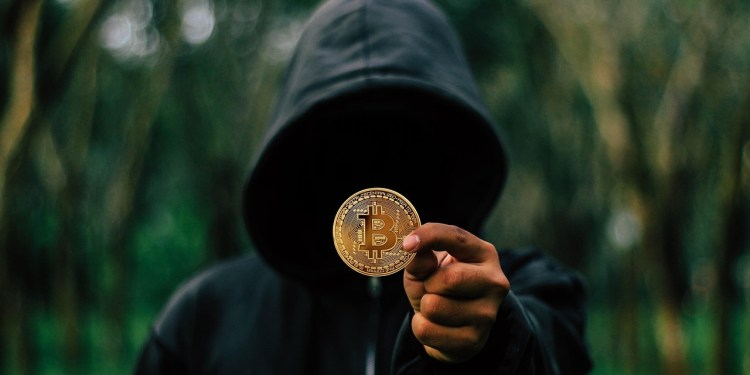United States President Donald Trump’s March executive order establishing America’s first strategic cryptocurrency reserves has transformed billions of dollars in seized digital assets into what he calls “a virtual Fort Knox for digital gold.”
This groundbreaking initiative creates two distinct national stockpiles: a Strategic Bitcoin Reserve and a broader US Digital Asset Stockpile, fundamentally changing how the government approaches cryptocurrency holdings. The reserves represent a dramatic shift from the government’s previous approach of regularly selling seized crypto assets.
As covered by The Washington Post, new analysis from blockchain analytics firm Chainalysis reveals the scope of these holdings, estimating the government’s top 20 cryptocurrency positions are worth approximately $20.9 billion as of late May. Bitcoin dominates these holdings at $20.4 billion, while other digital assets contribute roughly $493 million to the total.
Implementation Challenges
These assets didn’t arrive through traditional government procurement but through an unconventional method: criminal seizures. Federal agencies have accumulated this digital wealth through investigations into dark web marketplaces, cryptocurrency scams, stolen funds, and various criminal enterprises.

The composition of the Digital Asset Stockpile will therefore be determined by what criminals happened to be using, creating what some economists describe as an unusual basis for national financial strategy.
The crypto industry’s response to government embrace has been notably divided, despite broad institutional support. Many traditional crypto advocates celebrate the legitimacy and reputational boost that comes with government recognition.
Future Implications
The reserves face significant operational and political hurdles. State-level attempts to create similar programs have produced mixed results, with New Hampshire and Arizona advancing legislation while Florida, Oklahoma, and Wyoming have rejected or postponed similar initiatives. Common concerns center on cryptocurrency’s notorious volatility compared to traditional financial assets.
Technical challenges also persist in managing large-scale crypto holdings. The government has historically lost some seized cryptocurrency dating back to the 2013 Silk Road takedown, highlighting the complexity of securing digital assets that depend on cryptographic keys. The Department of Justice has since contracted with Coinbase to provide professional custody services, suggesting recognition of these challenges.
The broader economic implications remain contested. While the reserves are cost-neutral to taxpayers since they consist of already-seized assets, economists warn they primarily benefit existing cryptocurrency investors who could profit if government endorsement drives prices higher. With only 17% of Americans having used cryptocurrency, and 29% among younger demographics, the reserves represent a significant government bet on still-emerging technology.
Trump’s executive order bypassed congressional debate, but the bitcoin reserve initiative reflects growing institutional acceptance of cryptocurrency. The administration has simultaneously reduced regulatory pressure on crypto firms, creating a more favorable environment for digital asset adoption.
Whether this represents sound financial strategy or speculative government policy remains a defining question as America ventures into uncharted territory with its digital Fort Knox.





